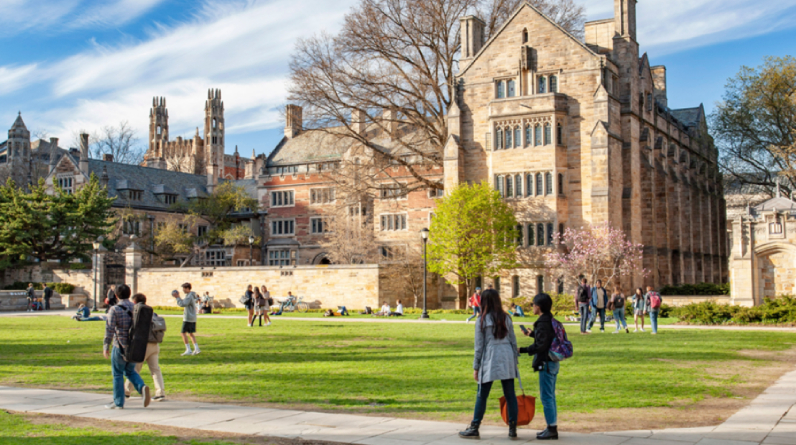It seemed unattainable to Lisbette Acosta to get into Yale.
She was a junior at an Ivy League school in Connecticut, and she had been debating whether or not to apply to a selective college where the vast majority of students are turned away. She was a high school student whose involvement was limited because she cared for her two younger siblings. She didn’t have time to volunteer, travel, or do any of the other things that privileged students often do to improve their college applications.
Her guidance counsellors pushed her to attend a state university in Connecticut, and Acosta was ready to do so.
Want to apply to university? Here’s what admissions officers and the CEO of the Common Application want you to know:
Then she had a conversation with a sophomore at Yale about student life and the many different people who call Yale home.
Acosta, then 17 years old, said, “I found there was so much value in having someone who had the lived experience of being in college.” It helped me assess whether or not I could actually see myself working there. Is this too much?
To what extent do students from low-income families typically attend elite universities?
That underclassman was an employee of Matriculate, a nonprofit whose mission was to help bright students from low- and middle-income backgrounds gain admission to the best universities in the country. They find mentors for high school students from these communities and place them with students at prestigious institutions.
Also Read : Why are Iran and Russia trying to connect their financial systems
Although the service is free, students must apply, and it is only available to those from households with annual incomes of $80,000 or less. Matriculate is one of the many initiatives in the United States that aims to help students from nontraditional backgrounds enrol in and graduate from four-year colleges and universities.
Students from low-income families or those whose parents did not complete higher education are statistically less likely to do so themselves. When they do enrol, first-generation students are more likely to attend public or other easily accessible universities. These schools, which include community colleges, typically have lower graduation rates than more selective colleges because they enrol students who may require additional academic support. The resources available for student aid and support are typically lower as well.

